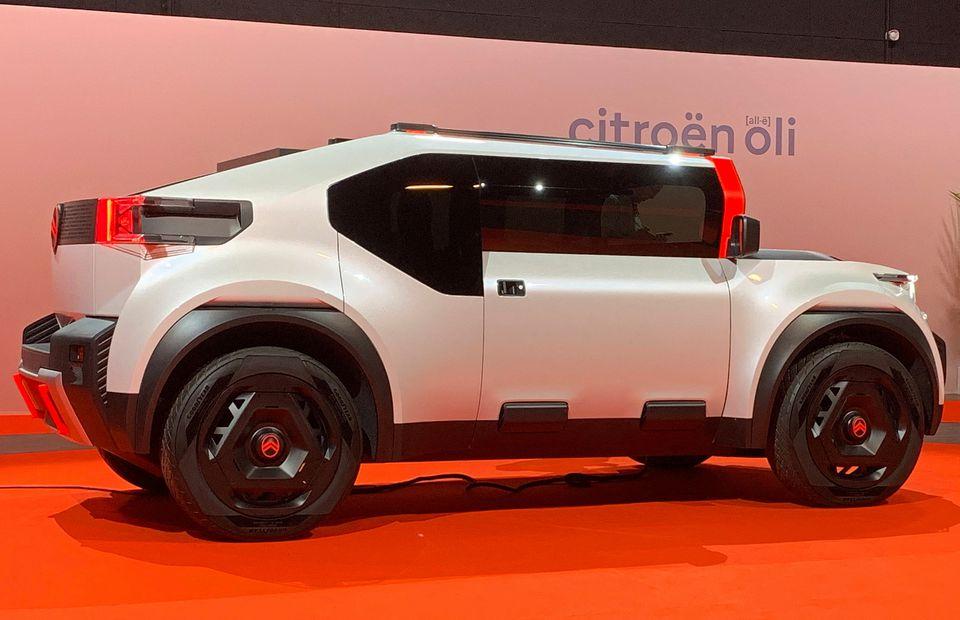A classic European carmaker has resorted to supplanting metal parts with cardboard composites in one of its latest designs, in the name of “resource uncertainty.”
France’s Citroën, a division of the auto-manufacturing giant Stellantis, announced the introduction of its new conceptual design vehicle called the “Oli,” in anticipation of global resource shortages.
The eco-friendly electric-powered car design was developed in partnership with German chemical producer BASF, which is producing the cardboard material.Work on the design began in 2019, emerging in a market struggling with energy shortages caused by the pandemic and the war in Ukraine.





